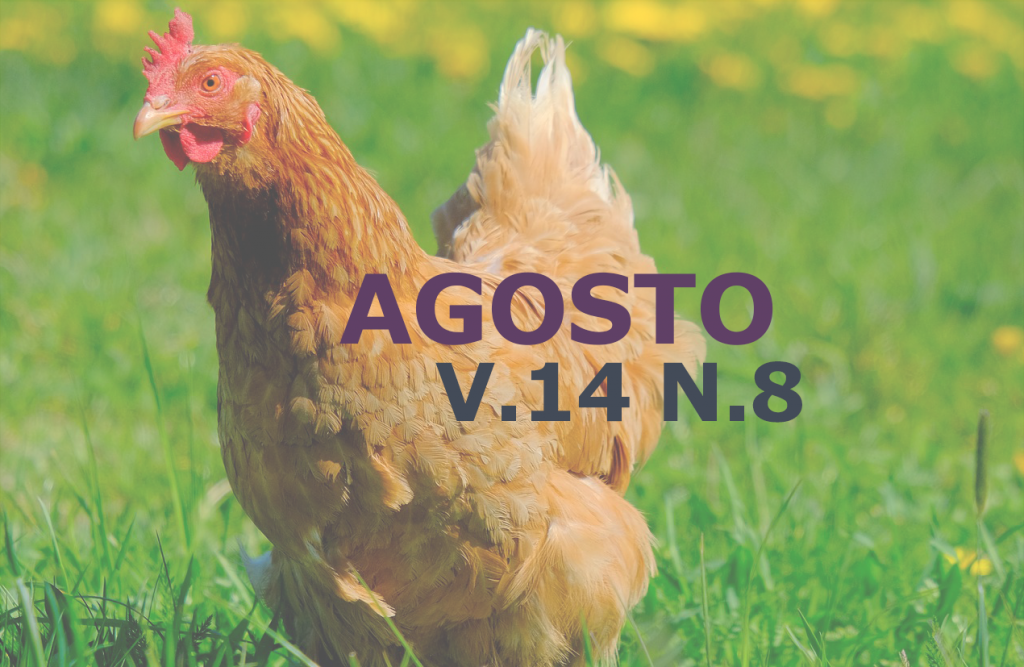Osteosynthesis of long bones in birds: Review
DOI:
https://doi.org/10.31533/pubvet.v14n8a637.1-18Keywords:
birds, veterinary surgery, ortopedicsAbstract
Bones are key components of the locomotor system, in addition to the function of supporting and protecting adjacent tissues and organs. Trauma is the biggest disease that occurs in birds, representing about 20% of all cases of animals treated, where the fracture is more noted, with long bones being the most prevalent, mainly humeral and tibiotarsal. It is notorious to evaluate the animal for the following clinical signs: local pain, angular deformity of the limb, abnormal bone mobility, local edema, functional impotence of the limb, lameness and local crackling. In birds, the main treatments recommended for orthopedic conditions are the use of bandages, intramedullary pins, external fixators and rest in a cage. Due to the small size and the thin and light constitution of the bones, the use of bone plates is rare, being used only in specific cases of fractures. Traumatic disorders in birds, especially fractures, have become increasingly common in the veterinarian's routine and require therapeutic intervention. However, few professionals risk taking such procedures, due to the existence of different physical and physiological characteristics of this class, lacking great anatomical knowledge and basic principles of general orthopedic surgery.
Downloads
Published
Issue
Section
License
Copyright (c) 2020 Hugo Augusto Mendonça Canelas, Alessandra Souza Negrão, Amanda Melo Hamoy, Paulo Sérgio Campos Cruz, Reinaldo Matangrano Neto, Erica Flávia Silva Azevedo, Leony Soares Marinho, Hamilton da Silva Pinto Junior

This work is licensed under a Creative Commons Attribution 4.0 International License.
Você tem o direito de:
Compartilhar — copiar e redistribuir o material em qualquer suporte ou formato
Adaptar — remixar, transformar, e criar a partir do material para qualquer fim, mesmo que comercial.
O licenciante não pode revogar estes direitos desde que você respeite os termos da licença. De acordo com os termos seguintes:
Atribuição
— Você deve dar o crédito apropriado, prover um link para a licença e indicar se mudanças foram feitas. Você deve fazê-lo em qualquer circunstância razoável, mas de nenhuma maneira que sugira que o licenciante apoia você ou o seu uso. Sem restrições adicionais
— Você não pode aplicar termos jurídicos ou medidas de caráter tecnológico que restrinjam legalmente outros de fazerem algo que a licença permita.





